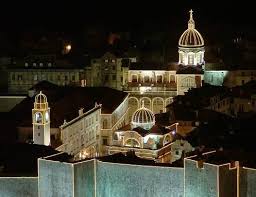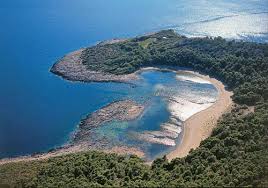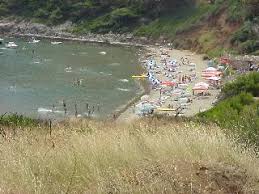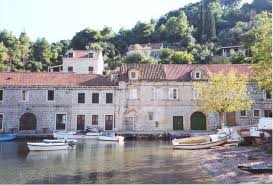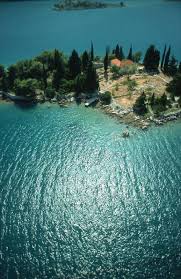Dubrovnik Jews
04.01.2009., nedjelja
Jewish Stolac
|
I begin this next article with a little help from a fellow enthusiast Stephen Schwartz, who has visited the Dubrovnik Highlands in 1999, and has since wrote a compilation of articles associated with the Balkan Jews in general. Stolac -- the name means "stool" in the South Slavic dialects - is a beautiful village on the river Bregava, which cuts through the bleak, limestone mountains of Hercegovina, about 20 miles southeast of Mostar, the region's main city. The village's surroundings include a massive deposit at Radimilje of pre-Islamic Bosnian burial monuments, or stecci, of inconceivable value for the world Bosnia is a country with five historical identities: Muslim, Sephardic, Serbian, Croatian, and Gypsy. Although Sephardim have been absent in numbers since the Holocaust, they once accounted for one out of six residents in Sarajevo, and their literary achievements, mainly involving poetry and song, are well known to Bosnians. But Stolac is especially important to Jews as the location of the grave of a rabbi, Rav Moshe Danon. Beginning in the mid-19th century, Sephardim made regular pilgrimages there from Sarajevo and elsewhere in Bosnia. The story of the rabbi of Stolac, as Rav Danon is known to surviving Bosnian Sephardim, reveals many facets of the mountainous country's existence, and deserves to be retold -- along with its contemporary postscript. Stolac always had a mixed population, with (Sunni) Suffi Muslims making up the bulk. It developed into a small town right after Jewish settlement of Bosnia. This means that apart from Catholics Orthodox Christians & Muslims, it also had a dozen Jewish families. There are 3 Jewish graves there, one of which is of Rabbi Danon. The other 2 are most likely local residents. There is an old chevra or mourners' shelter at the cemetery, which has been erected 30 meters from the graveyard in 1860s, and has since been restored numerous times (most recently 2004). Close to Stolac, there is also an Archaeological site of the Hellenistic town of Daorson from 4th to 1st BC. Although, possible, it is highly unlikely that there was any Jewish presence in this city. However, it was preciously the survivors of this town that formed a new town of Diluntum Municipium, (modern day Stolac), after the Romans levelled Daorson. As such, with the advance of the Roman Empire, the town quickly grew into a garrison. Since we know that most Jews left Palestine as Army Conscripts during the Roman times, it is conceivable that Jews would have been present on this site as well. Early indications have so far discovered major Roman Presence. In 1492, Sephardic Jews started coming to Bosnia. The first 100 years or so Stolac remained a backwater village far away from Urban centres like Sarajevo, Dubrovnik, & Split. Even Mostar, wasn't much better. However, with an increased Jewish presence in Dubrovnik, after 1546, all that changed. As the Catholic Church, became worried about the increased presence of Jews in their domain, they issued anti-Jewish decrees, followed by expulsion orders. In 1546, Jews who settled outside the city walls of Dubbrovnik, were ordered to either convert to Christianity, thereby, stay, or move to the new Ghetto on the North Eastern Edge of the old city. While most, simply stayed, those who couldn't afford to move to the Ghetto, but wanted to keep their faith, decided to settle else where. Stolac, was just such a place. It was the biggest settlement in the immediate region(beyond the republic). Its industry was mostly farming, however thanks to the River Bregava, it also had a growing secondary industry, based around the Mills. Those Jews who first came here plaighed a mixture of trades, from carpentry, to wool trading. All in all, the numbers never exceeded 30. Since most came as subjects of the Dubrovnik Republic, Ottomans gave them certian exceptions, which eventualy led most to seek their fortunes in the nearby city of Mostar. There is a local account in Bosnian oral tradition of poor families converting to Islam to make ends meet (since Muslim Converts were Free of Tax Obligations). Such records do mention 44 such families in the Stolac region. While it is obvious that most were Christians, there were Jews as well. After WW2, when Yugoslavia was formed, Most Jews in Bosnia were killed. The only town in Dubrovnik Highlands where Jews were saved, was Stolac. However, virtually all Jews who survived migrated to Israel. The small group that stayed simply merged with the local population, with a few migrating to Dubrovnik, Sarajevo & Belgrade. During the 1990s war, Stolac was majorily damaged from a combined military action of all 3 entities (Serbs, Croats & Muslims). 3 out of 4 Mosques were completely leveled. The 2 Orthodox & 1 Catholic Churches suffered numerous direct hits. Most Muslims & Serbs left after the ardious population transfers of 1995, leaving Croatian Roman Catholics as todays Majority. At present there are no Jews in Stolac. The only contact the city has with Jews, is in June, when annual pilgrimages to the tomb of Rav Moshe Danon takes place. |
- 20:44 - Komentari (0) - Isprintaj - #
Siječanj 2009 (3) Prosinac 2008 (3) Dnevnik.hr |
|||||||||||||||||||||||||||||||||||||||||||||||||
|
Opis bloga
Blog je posvečen Zajednicama Dubrovačkih, Bokeljskih, Zahumskih i Trebinskih Židova, koji na ovim prostorima žive več dugih 500 godina. Cilj bloga je vratit Dubrovniku autentičnost povjesti Republike i Istočne Hercegovine, iz perspektive jedne ugledne bogate manjine, koja i dan danas ostavlja otiske našim krajolikom. Blog če biti po naj više na Engleskom (meni drugi jezik), i bit če u korist mnogo brojnim turistima. Često se dogodi da se povjest lako stvara u mjestu novčanih događaja. Bez neke sumje, provat čemo razotkrit neke legende, i možda (uz pomoč mnogo brojnim Povjesničara na Balkanu), "stvorit nove" :)) |
|||||||||||||||||||||||||||||||||||||||||||||||||


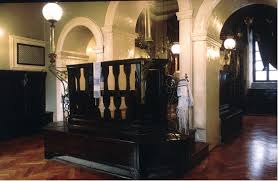





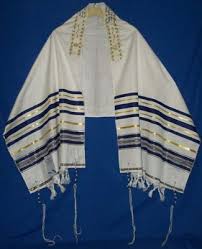
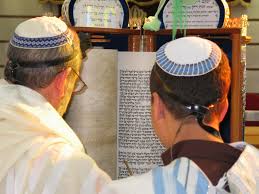






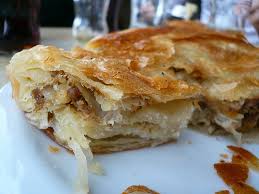

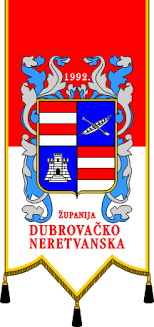
07mo9.gif)










